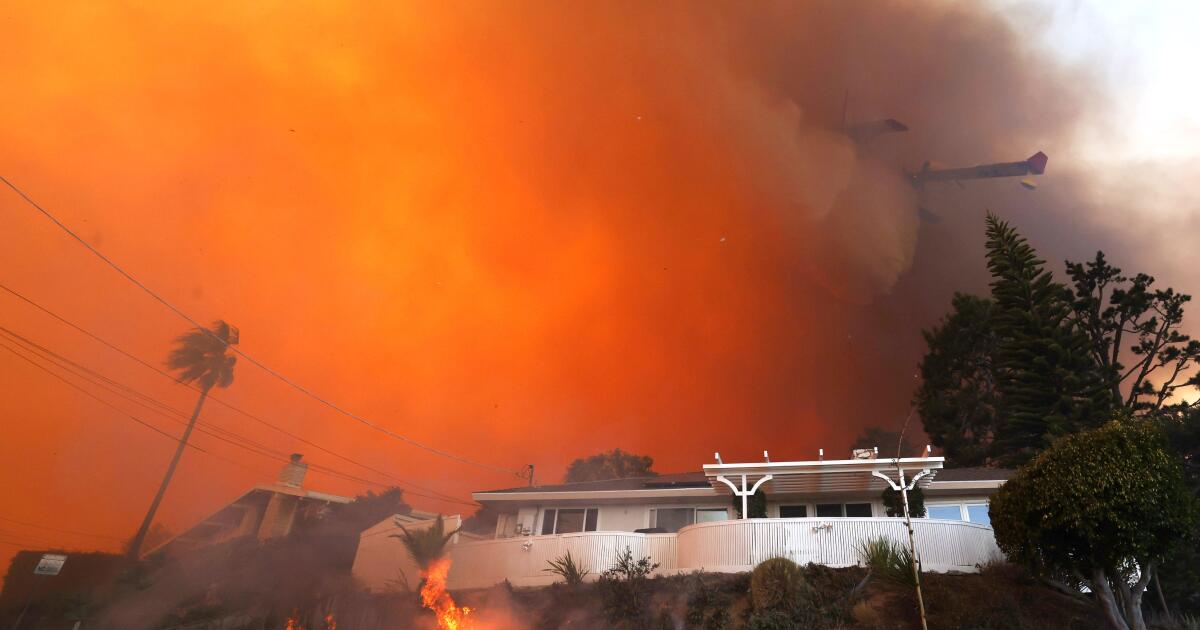
Recently, Governor Gavin Newsom granted a small respite to California’s relentless attack on the state’s natural resources. Newsom signed the “California Energy Affordability and Security Act,” which allows Kern County to approve 2,000 oil and gas drilling permits a year without going through California’s arduous environmental review process.
This is a positive development, but it comes in the face of substantial state-erected obstacles to extracting California’s vast natural resources. If California is truly serious about unlocking this source of energy, it must take further steps to eliminate the barriers it has placed on its oil and gas industry.
For example, despite the new law, state policy still stands in the way of Kern County’s drive to permit more wells. That’s because a 2022 state law prohibits the drilling of new oil wells within 3,200 feet of a “health protection zone.” While that term sounds reasonable, it turns out that a “health protection zone” basically includes any place where people may exist. And even if a well originally operates outside of a protected area, any new development within six-tenths of a mile subjects the well to a host of regulations that make it between difficult and impossible to operate.
If California sincerely wanted to address energy affordability, it would make it simpler for property owners to harvest the state’s mineral wealth. Energy abundance is necessary to bring down costs. But who in their right mind would start drilling in California when the future presence of humanity within 3,200 feet at any point in the future threatens to shut the well down? California is a big state, but it is not so big that one can be sure to operate away from all development indefinitely. So long as the 3,200-foot setback law exists, Californians will be unable to produce the energy supply necessary to lower costs.
The policy is not only destructive. In many cases, it’s unconstitutional. The U.S. Constitution’s Fifth Amendment prohibits the government from taking private property without compensating the owner. And while the typical taking involves the government condemning property through eminent domain, the Supreme Court has long understood that some restrictions on the lawful use of property can be so severe as to become a taking.
Indeed, the first significant Supreme Court case recognizing this principle involved a statute prohibiting the mining of a certain type of coal. The Supreme Court in Pennsylvania Coal v. Mahon held that “[t]o make it commercially impracticable to mine certain coal has very nearly the same effect for constitutional purposes as appropriating or destroying it.”
Owners of mineral estates in California today are in a similar position. Although state law has long recognized the existence of a separate mineral estate, California law now makes it impossible for owners to extract the valuable resources below the surface.
Modern takings law requires just compensation whenever the government deprives an owner of all economically viable use of his property. There is no viable economic use of a mineral estate other than to extract the minerals for profit. Just as California could not seize a mineral estate for the public without compensating the owner, the state cannot avoid paying simply by regulating the mineral rights out of existence.
To be sure, California would be within its power to prohibit drilling by condemning mineral estates through eminent domain and paying compensation to the owners. This would be a harmful policy, artificially limiting the supply of energy and forcing Californians to pay more for it. But it would be constitutional. When the government takes property for public use, the Constitution requires that the public share the burden of paying for the taking.
Ultimately, California cannot force mineral rights owners to shoulder the price of its destructive war against natural resources.
Chris Kieser is an attorney at the Pacific Legal Foundation, where he focuses on property rights and equality before the law. Paige Gilliard is an attorney in PLF’s Environment & Natural Resources practice group.
Source link






